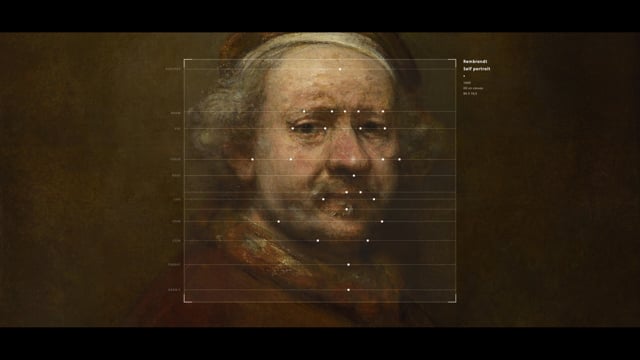- United States
- United Kingdom
- France
- Australia
- Brazil
- Germany
- New Zealand
- Canada
- Spain
- Argentina
- India
- Netherlands
- Italy
- Sweden
- Puerto Rico
- Russia
- Egypt
- Mexico
- Belgium
- Greece
- Czechia
- Denmark
- Israel
- Thailand
- Ukraine
- Norway
- Poland
- Turkey
- Latvia
- Hungary
- Finland
- Croatia
- South Africa
- Ireland
- Kazakhstan
- Singapore
- Colombia
- Portugal
- Pakistan
- Tunisia
- Iceland
- Chile
- Lebanon
- Angola
- Switzerland
- United Arab Emirates
- Venezuela
- Peru
- Georgia
- Costa Rica
- Bolivia
- Romania
- Morocco
- Panama
- Japan
- Hong Kong
- Bulgaria
- China
- Austria
- Bosnia and Herzegovina
- Belarus
- Uruguay
- Estonia
- Ecuador
- South Korea
- Malaysia
- Bangladesh
- Jordan
- Lithuania
- Indonesia
- Iraq
- Philippines
- Kenya
- Sudan
- Vietnam
- Taiwan
- Iran
- Albania
- Honduras
- Slovenia
- Slovakia
- Paraguay
- Serbia
- Namibia
- Qatar
- Jamaica
- Malta
- Nigeria
- Macedonia
- El Salvador
- Moldova
- Guatemala
- Uzbekistan
- Dominican Republic
- Azerbaijan
- Algeria
- Luxembourg
- Nicaragua
- Sri Lanka
- Ivory Coast
- Kuwait
- Bermuda
- Cyprus
- Cambodia
- Laos
- Chad
- Macau
- Ghana
- Sierra Leone
- Senegal
- Random Picks
- Other Countries
The next Rembrandt
0
0
WVA
5 subscribers
In
Netherlands
On the 5th of April a portrait of a man in black 17th-century clothing with a white collar and a hat was unveiled in front of a packed auditorium. The painting was created using data from Rembrandt’s total body of work using deep learning algorithms and facial recognition techniques. The portrait consists of over 148 million pixels, based on 168,263 painting fragments from Rembrandt’s oeuvre. Blurring the boundaries between art and technology, this artwork is intended to fuel the conversation about the relationship between art and algorithms, between data and human design and between technology and emotion. Digital advertisement created by JWT, Netherlands for ING, within the category: Finance.
Show more
0 Comments
sort Sort By

